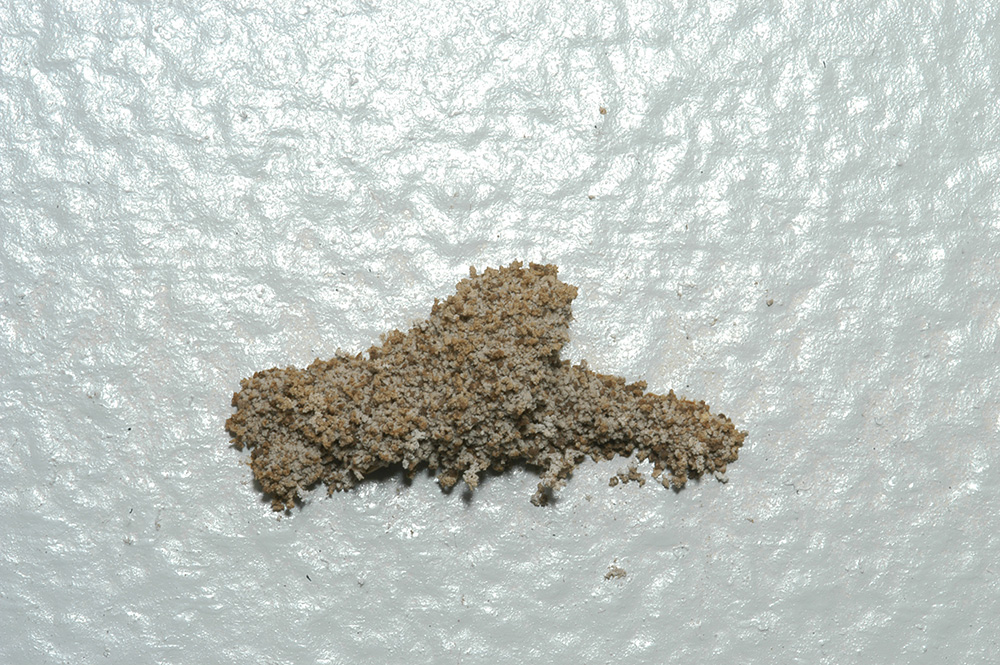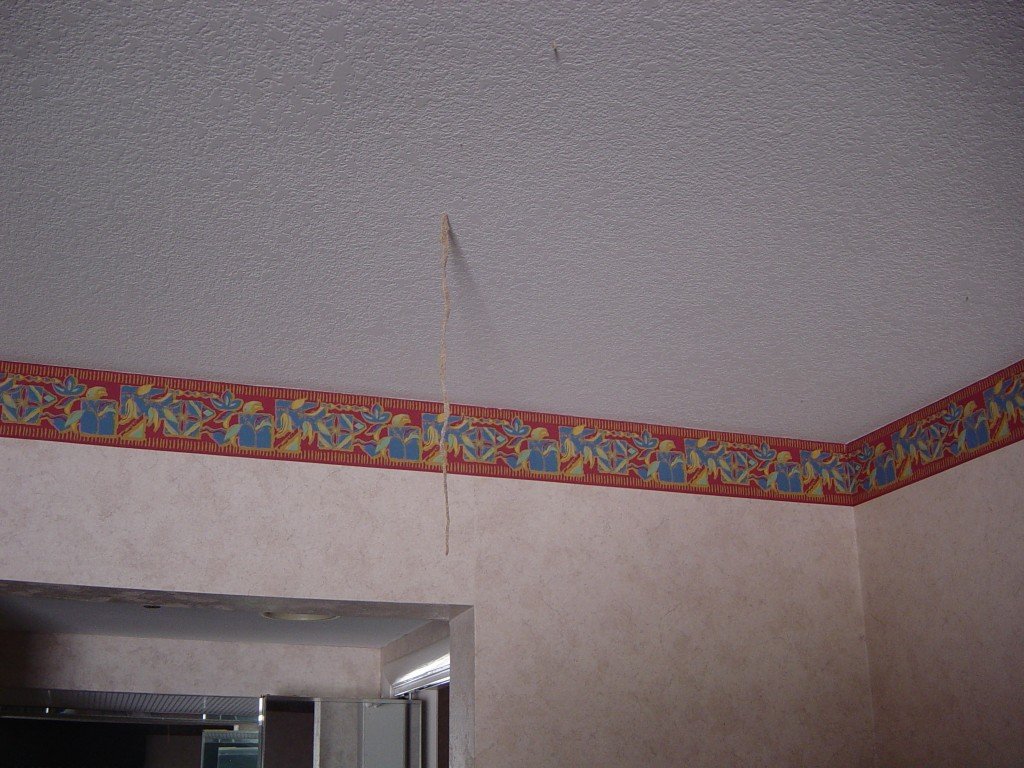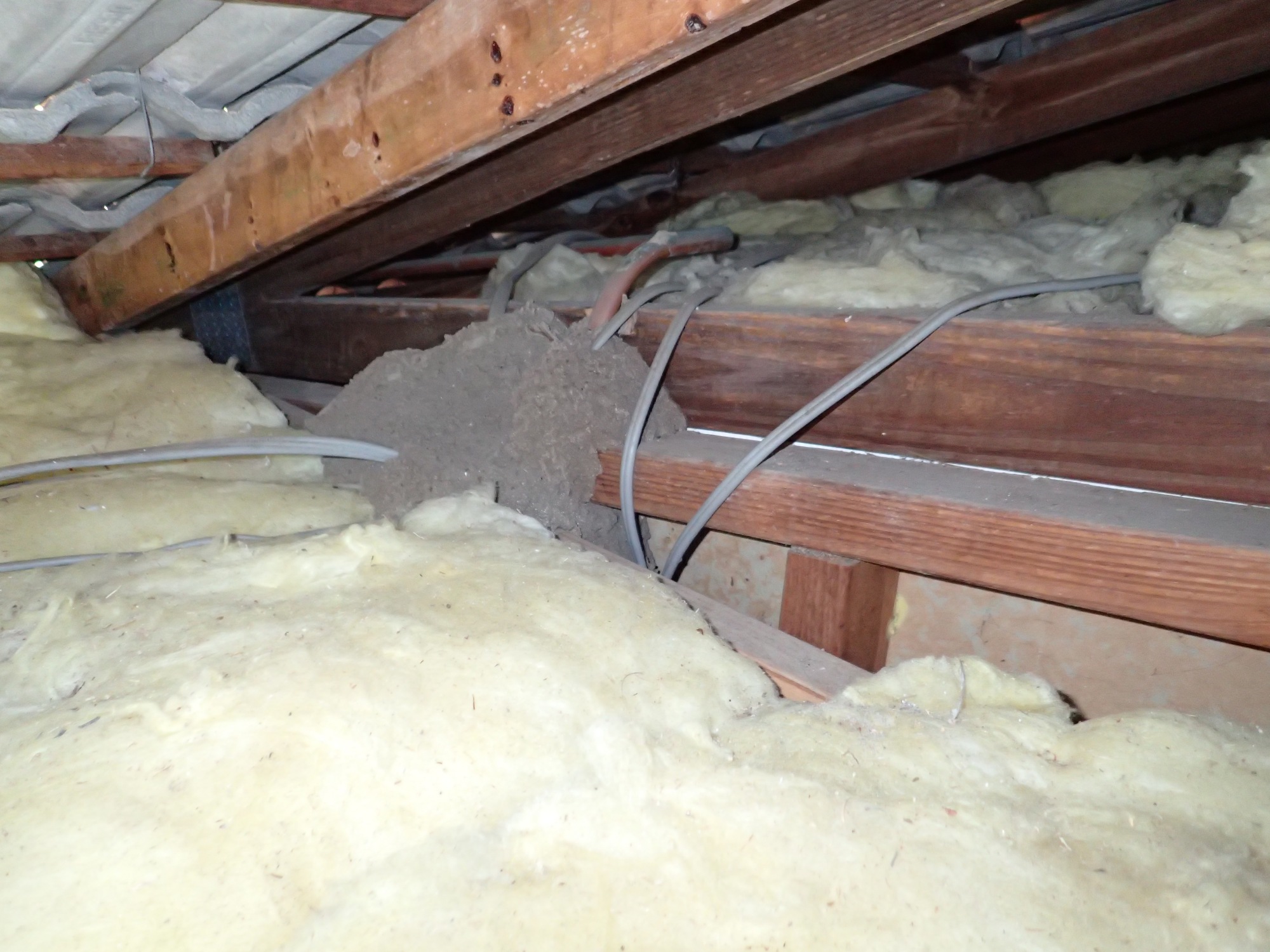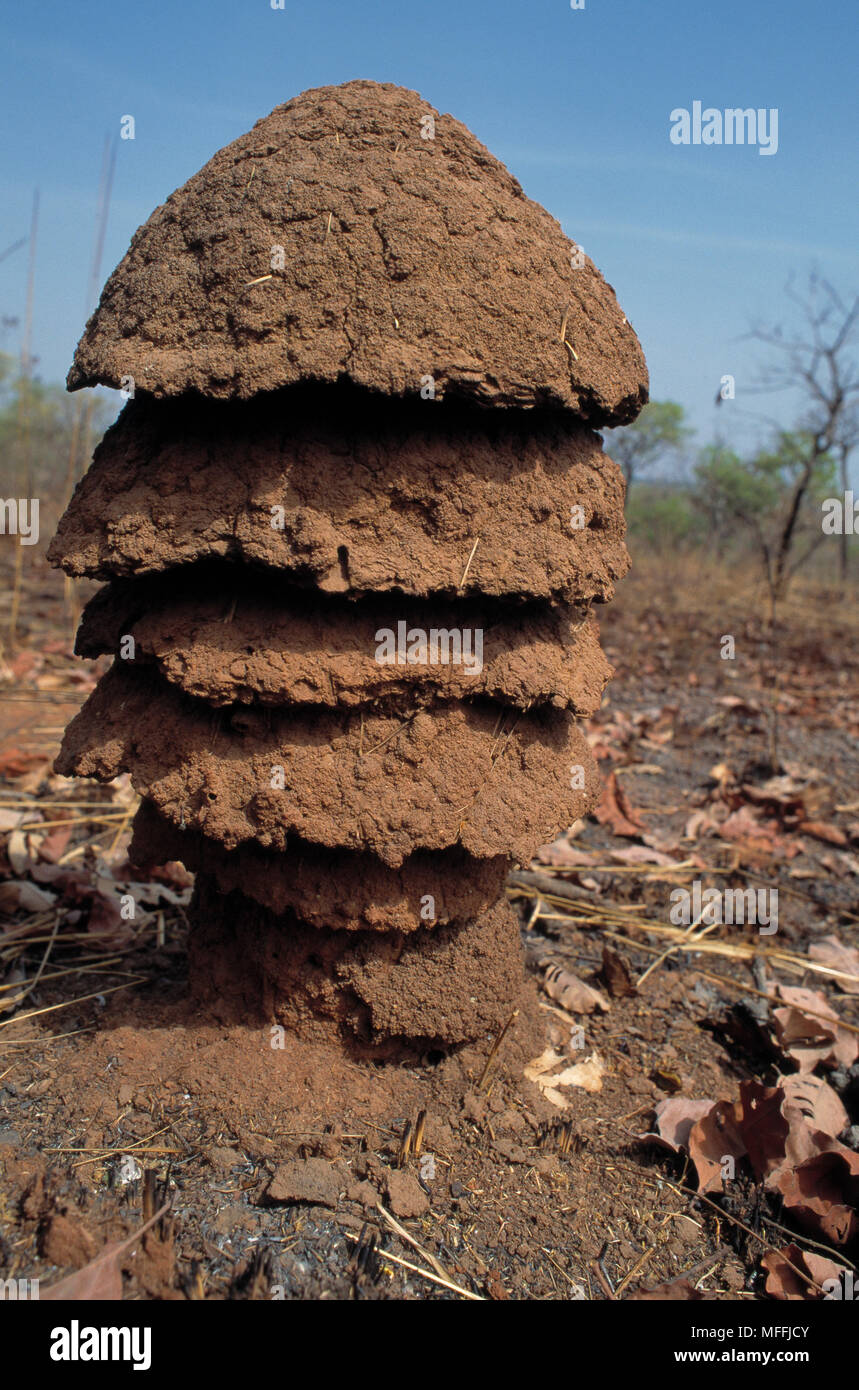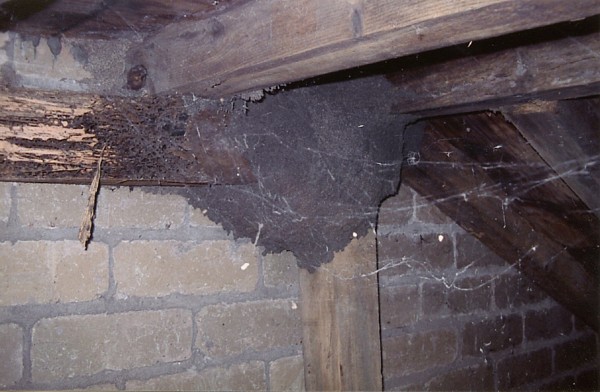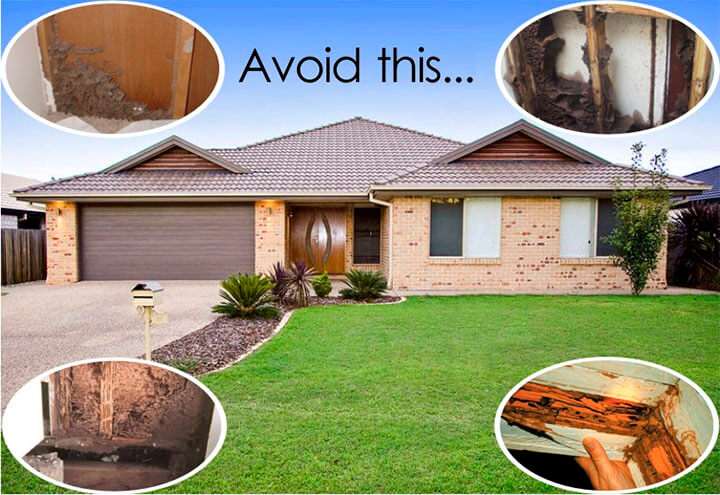Termite Mounds Roof
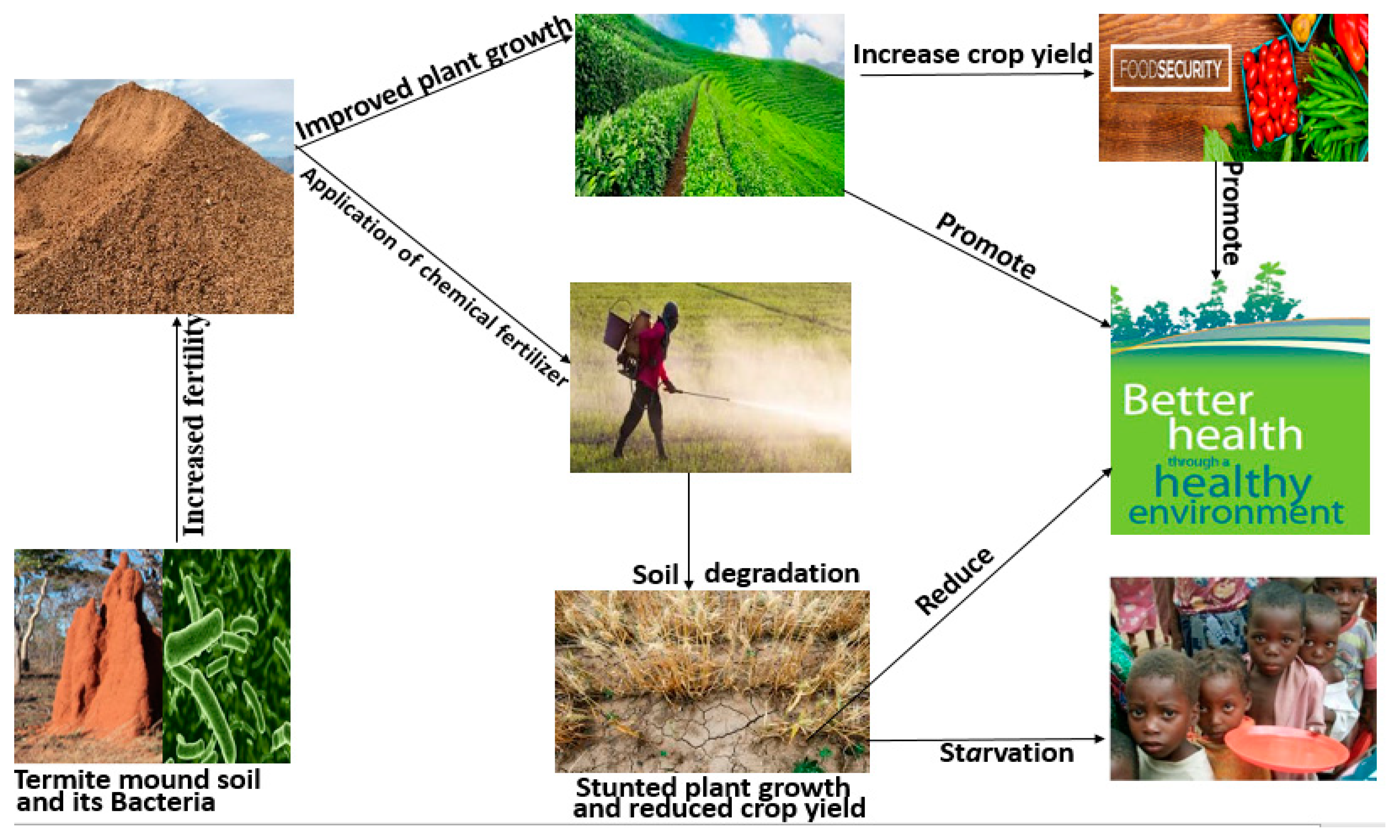
They can establish colonies inside ceiling rafters roof beams eaves and other wooden structures associated with your roof.
Termite mounds roof. By emulating the ingenuity of termites zimbabwean architect mick pearce used an approach called biomimicry to design a natural cooling system that harnessed nature. Eastern subterranean termites caught on a cleaning cloth. Termites might not be the most majestic creatures. Their mounds are extremely complex.
The result is an architectural marvel that achieves 90 percent passive climate. I replace the damaged wood and prep for the new roof installation. Most of the mounds are in well drained areas. In many cases a shovel or hoe will be adequate while in others you may need to use a rototiller or other mechanical device to break up the compacted dirt of the mound.
However subterranean termites will build colonies in any area where they have access to wood. Testing that looks rotten or cracking open mud tubes can cause workers to spill from the break indicating an active infestation. Signs of a nearby drywood termite nest. Termite mounds usually outlive the colonies themselves.
Termites build large chimneys to circulate air and control temperatures in their mounds. Only they can build several feet tall termite mounds to get accommodated in them. Termite mounds are sturdy structures and it can be difficult to break them down. What makes termites unique is that they all feed on cellulose.
Drywood termites can even establish colonies underneath wood shingles. If the inner tunnels of the nest are exposed it is usually dead. Drywood termites live and feed inside wood. The mounds sometimes have a diameter of 30 metres.
Unlike drywood termites subterranean termites typically build their colonies in the soil. Termite colonies range in size from as low as several hundred individuals to as high as a couple of million. Removing termite damaged rafters and starter boards. Perhaps the most famous example of nature inspired architecture comes from mick pearce a zimbabwean architect whose designs model termite mounds.
In nature termites build skyscraper like mounds that are ventilated by a complex system of tunnels. Lothar herzog via wikimedia commons in the building that pearce and multidisciplinary engineering firm arup group designed each floor had air ducts running underneath it. Mound building termites are a group of termite species that live in mounds. In jungles and savannah of australia south america and africa mound building termites live.
Fortunately non tropical species don t. Found termites in roof. Termites are insects closely related to cockroaches but behaviorally similar to ants and bees in that they organize into social communities with complex divisions of labor.


